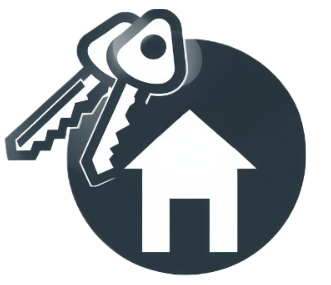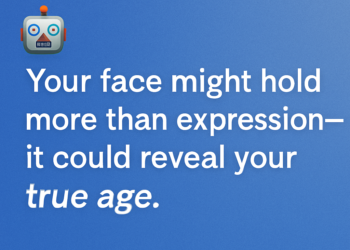When we talk about healthcare, we usually focus on doctors, nurses, agencies — more broadly, on healthcare providers and clinicians. But there’s another group quietly holding up the entire system — caregivers.
These are the family members, friends, and neighbors who step in when someone is seriously ill. Whether by choice or by necessity, caregivers act as the frontline providers, decision influencers, and logistical coordinators of care. They’re the ones managing medications, getting people to appointments, translating confusing medical language, and holding it all together emotionally and financially. Often, they do it without any formal training, without pay, and without much guidance. And yet, in many healthcare systems, their role is structurally invisible.
Caregiving is overwhelming. If a caregiver does not have a medical background, it’s like being dropped into a foreign country without a map or translator. The caregiver is expected to make critical decisions, understand complicated care plans, and advocate for their loved one, all while dealing with the typical stresses of day-to-day life and often completely exhausted.
It is time for the healthcare system to reframe how caregivers are viewed — not as adjuncts, but as integral components of the care team.
Caregivers Fill Gaps the System Can’t
Family caregivers routinely provide medication support, wound care, appointment coordination, emotional support, and even perform complex medical tasks — often with no formal training and limited guidance. In many ways, they serve as an unpaid workforce shouldering the burden of a fragmented system.
The cost? Burnout, lost income, worsened health, and poor outcomes for both patients and caregivers. When caregivers falter, the entire system feels the pressure.
Why Do We Care?
There are so many reasons why we need to support caregivers to ensure that they can continue to remain integral members of the healthcare team. But if forced to select some reasons, here are three:
- Continuity of Care
- Cost Reduction
- Equity and Access
Let’s expand on what we mean by these:
- Continuity of Care: Caregivers bridge the gap between clinical visits. Their knowledge of the patient’s day-to-day is a valuable asset. It’s critical that they are invited into the caregiving process and that they are treated as members of the healthcare team so that they can more effectively serve in this role
- Cost Reduction: Engaged and supported caregivers can reduce avoidable emergency room visits, rehospitalizations, and complications from nonadherence. This is better for the patient, better for the provider, and better for the system.
- Equity and Access: Caregiving responsibilities often fall on women and people of color, disproportionately impacting vulnerable communities. Inviting caregivers to be a part of the caregiving team, providing support to caregivers, and building an infrastructure to support caregivers is a matter of equity.
So How Can We Affect Change?
How can we move beyond lip service and do more to support caregivers? Here are some ways that providers have been and can continue to implement changes at the agency level, acknowledging the role of caregivers and adopting actionable strategies:
- Embed caregivers into care pathways. Some organizations are exploring disease-specific protocols that include caregiver training and touchpoints.
- Provide navigation support. For many caregivers, the hardest part is knowing where to start. Can your system offer a “front door”— a single point of contact — for guidance?
- Invest in training and tools. Caregivers shouldn’t have to rely on guesswork. Equip them with education, digital tools, and checklists that demystify care tasks.
- Support caregiver well-being. Create programs that address their emotional and financial toll—through respite care, coaching, or reimbursement models.
Empowering Caregivers: A Strategic Change
Recognizing and empowering caregivers isn’t just compassionate — it’s strategic. As we move toward value-based models and whole-person care, caregivers must be integrated into every phase of healthcare delivery. Leaders who fail to act risk burnout not just among caregivers — but across their entire workforce.





0 Comments